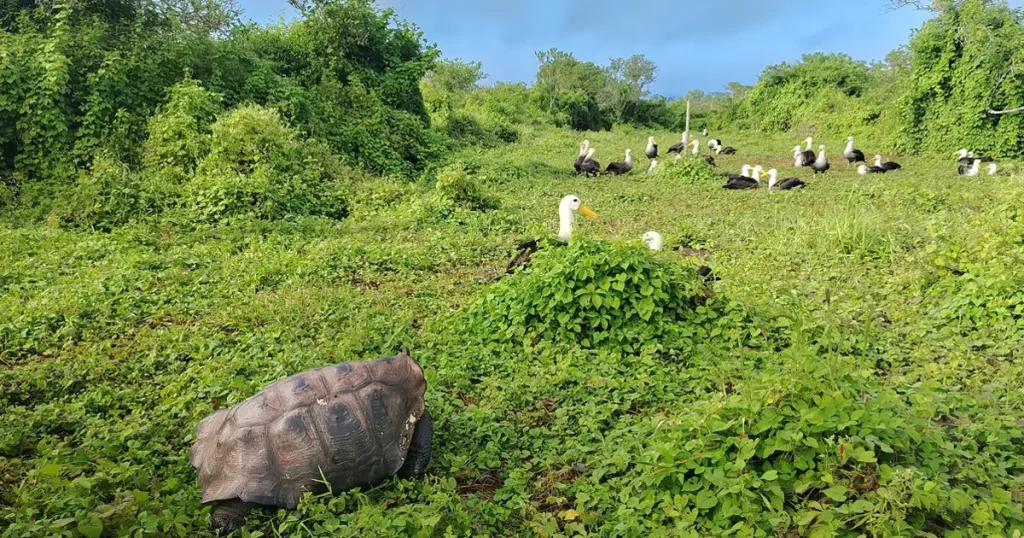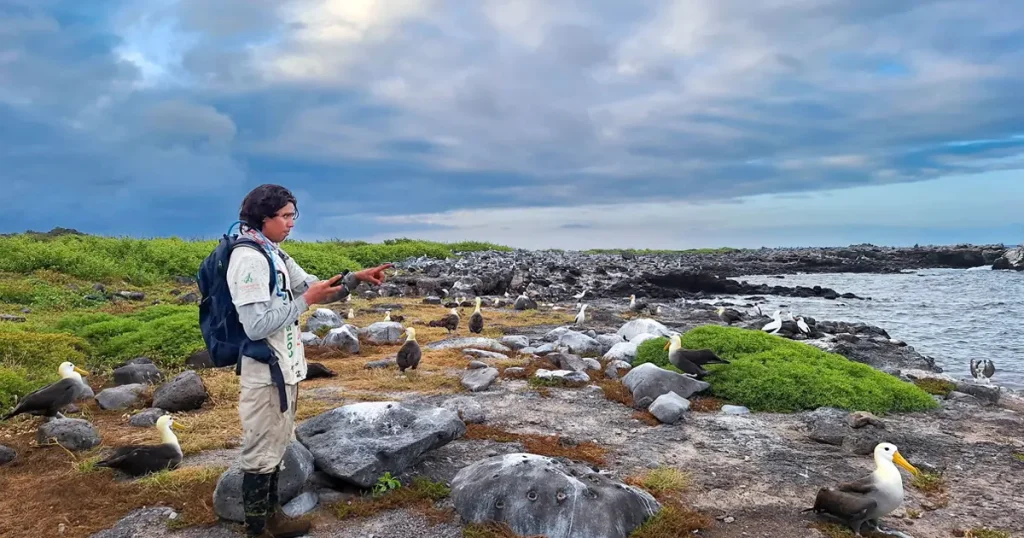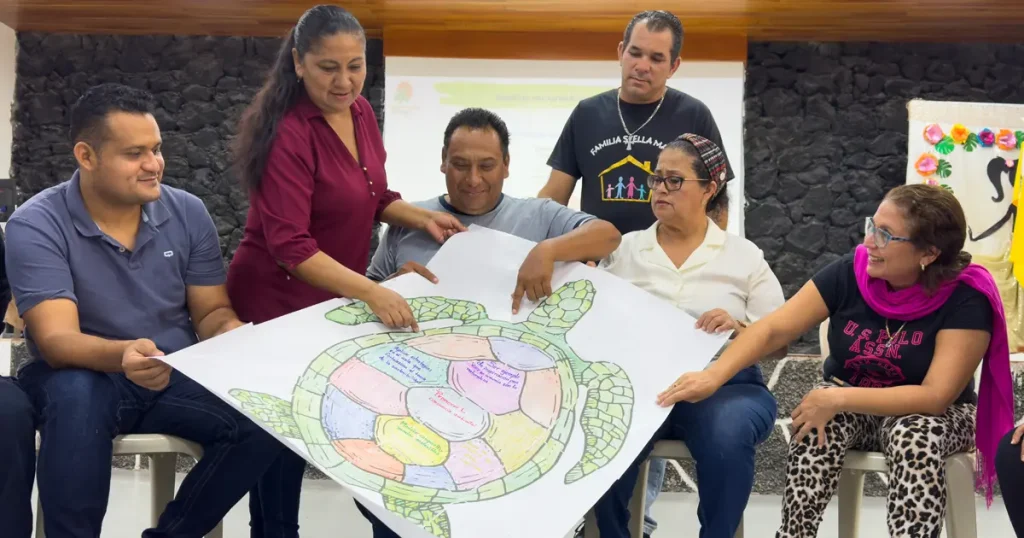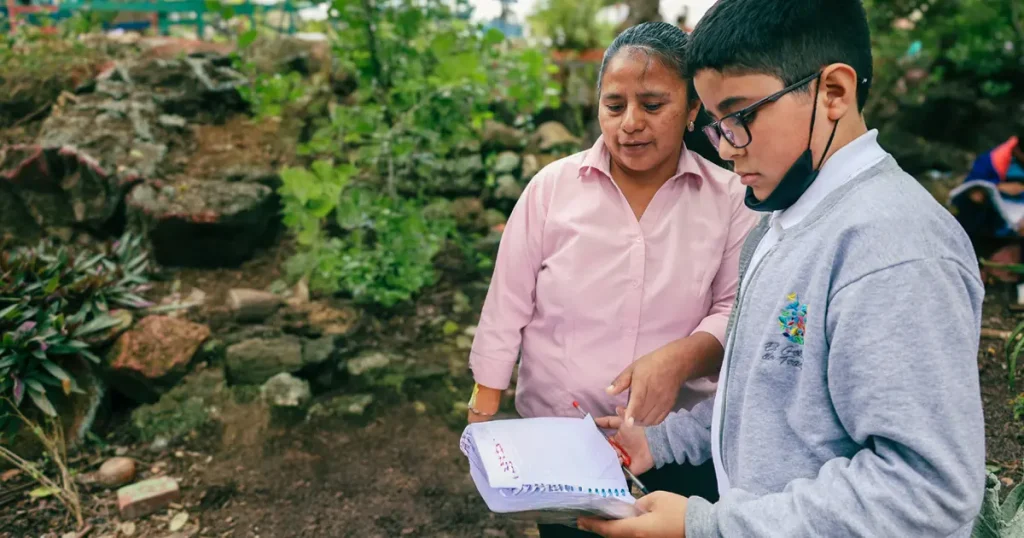About Galapagos
The Galápagos archipelago has been described as one of the most unique, scientifically important, and biologically outstanding areas on earth (UNESCO 2001). Many travelers describe their time in the islands as a life-changing experience. This section of our website will introduce many aspects of life in Galapagos, from a bit about its history, to the people who live there, to the unique animals you’ll find across the islands.
When the Charles Darwin Foundation was created in 1959, the human population in Galapagos was minimal. Tourism was essentially non-existent; fishing was at subsistence levels only; the agricultural community was small; and the Research Station was being built, board by board, by young scientists and local residents.
Fifty years later, that landscape has changed dramatically and, to continue our work to preserve the archipelago, Galápagos Conservancy has changed, too.
We remain committed to the biological research that is still needed in Galápagos and which has been at the core of the work of the Charles Darwin Foundation, our primary partner, for the last five decades. But today, Galápagos Conservancy supports a much broader research agenda, designed to ensure that decision makers have the insight, data, and context in which to make critical public policy decisions, as well as a wide range of sophisticated conservation and management programs on the ground.



